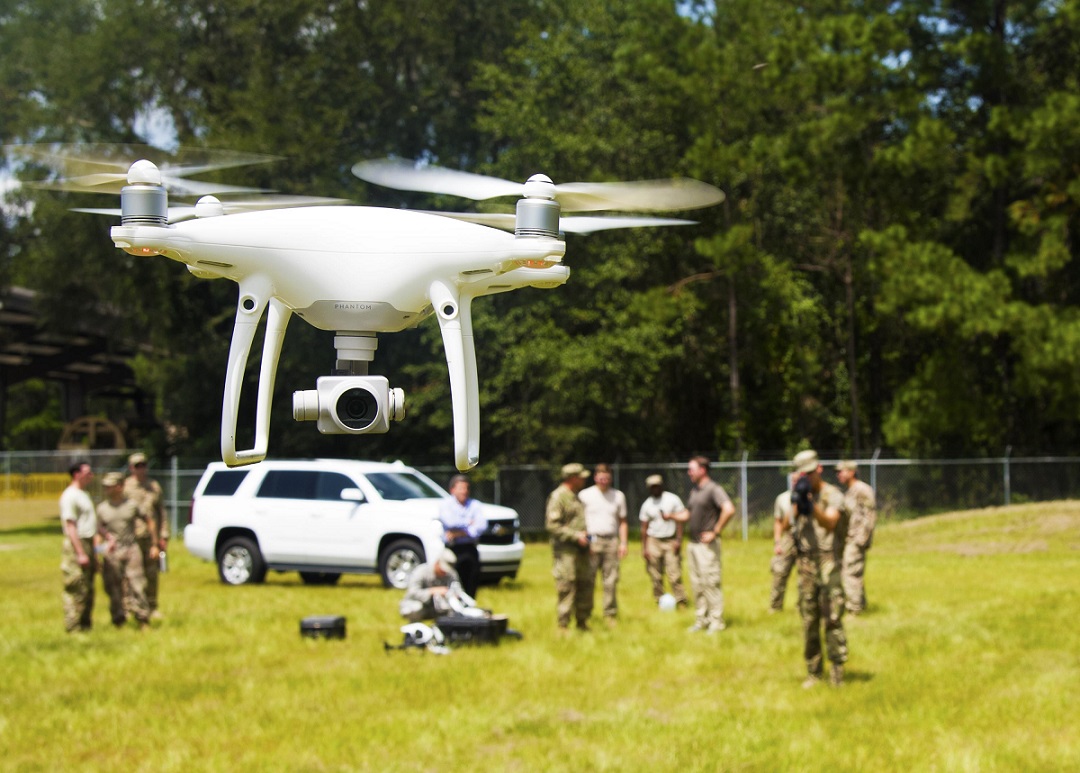This post is also available in:
 עברית (Hebrew)
עברית (Hebrew)
Small drones can cause destructive results if they are armed with weapons, especially when there are dozens of them flying in swarm in close proximity. Military bases and vital installations may be target to such drone swarm attacks. Because of their size, these drones are difficult to see, hard to catch on radar, and hard to shoot at with conventional weapons, particularly in swarms.
The US Department of Defense asserts that it is difficult to identify and mitigate drone swarm threats using current technologies. Therefore, it is looking for new technologies to counter possible drone swarm attacks against military bases and installations.
A solicitation from the Defense Innovation Unit (DIU) recently published said they were seeking a solution that can comport with requirements of US law to protect homeland bases, but can also function abroad in a variety of environments.
According to fcw.com, the solution has to be viable against a swarm of six or more drones that function independently or maneuver as a group.
For detection, the technology should use radar, optical or acoustic signals. On the identification front, DIU is looking for a system whose library of unmanned aerial systems will keep pace with what’s available. On mitigation, DIU wants to intercept and disable or destroy threatening drones with directed energy such as a microwave beam or use a spectrum-based solution to jam and disrupt potential threats.
In any case, DIU states a preference for “low collateral-damage effectuators” and “systems that support forensics and law enforcement.”
Vendors should also specify whether systems can work at night, can neutralize fixed-wing or rotary-wing adversaries, whether systems can respond autonomously when triggered by an input via satellite or other source and operate at ranges greater than 300 meters.
One of the current counter-swarm technologies is Lockheed Martin’s Q-53 system. First, a radar detects the threat and communicates that data through a battle management system, which would trigger a ‘kill chain’ to begin its execution. Then, operators monitor the progress of the targets, and identify whether they are friendly or unfriendly. To defeat the threats designated as “unfriendly,” troops would activate a laser weapon system, or choose to use a cyber system like ICARUS, to take down the threat, according to lockheedmartin.com.


























